Loss Control & Prevention is a proactive endeavour, identifying and acting upon potential hazards before incidents can occur.
Below are a selection of articles that you may find informative, and beneficial to assessing your risks at home.
Also, as a policy holder you may wish to take advantaged of some ‘Policyholder Perks”
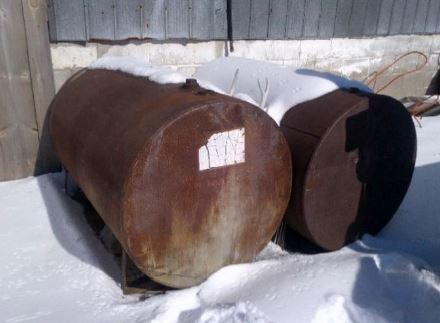 | Abandoned Fuel Tanks Abandoned tanks on a property can pose an environmental risk. |
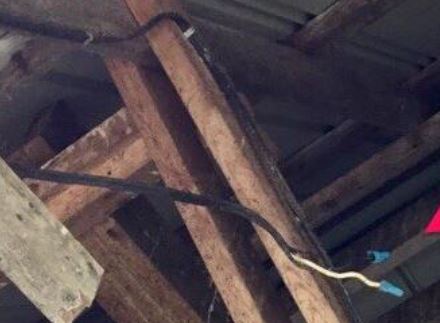 | Abandoned Wiring If energized, abandoned wires pose a serious hazard to safety (shock or electrocution), they can also pose a serious fire hazard. |
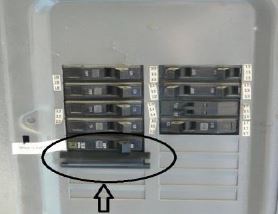 | Cover Plates An exposed opening in electrical equipment creates entry points for rodents, bugs and dust, as well as a safety hazard. |
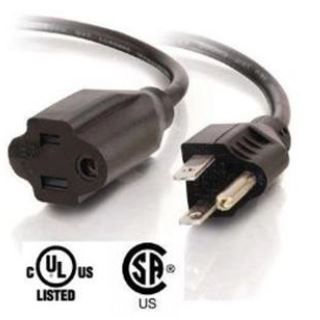 | Extension Cords Improper use of extension cords may create an unnecessary safety hazard and may result in a potential fire threat to your property. |
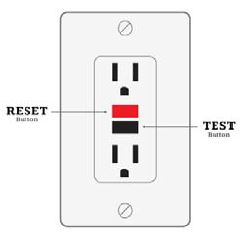 | Ground Fault Circuit Interrupter A ground fault occurs when electricity travels outside its intended path and goes to ground. |
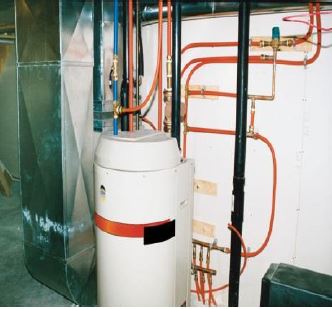 | Kitec Piping In Houses "Kitec" type plumbing is prone to corrosion over time, and failure can lead to water damage. |
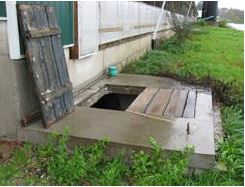 | Liquid Manure Storage Safety Liquid manure storage is an integral part of operations on many modern farms. Manure storage areas may pose a significant risk to the people and animals near them. |
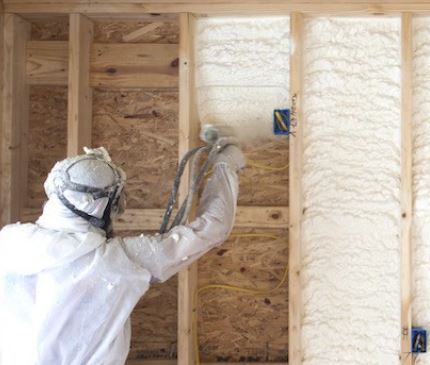 | Polyurethane Foam Insulation Polyurethane foam insulation (PUFI) or foamed plastic insulation is a common insulation found in many homes, commercial and agricultural buildings. |
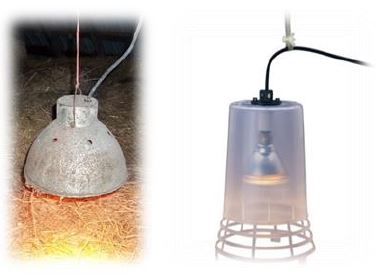 | Potential Dangers When Using Heat Lamps Possibility of a fire increases whenever a heat lamp is used in a barn or a house. |
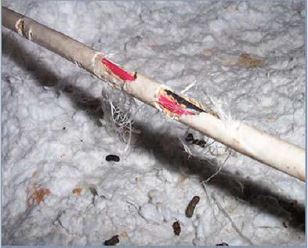 | Rodent Control Mice and rats can cause extensive damage to electrical wiring which could lead to a fire hazard. |
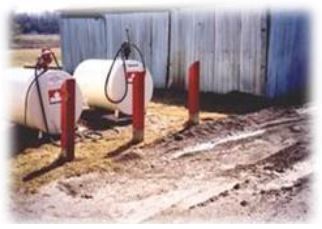 | Tanks Protection From Vehicular Impact A minor impact by a car, tractor or other equipment could result in damage which could cause leakage of the contents. |
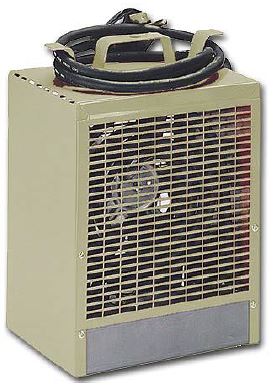 | Temporary Space Heaters Due to the high heat output of these devices, improper use or installation increases the likelihood of a fire. |
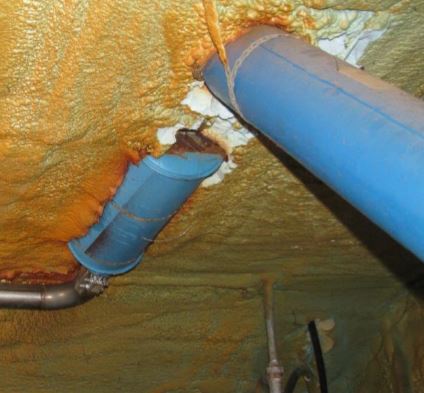 | Vacuum Pump Exhaust Vacuum pumps on farms are used to create vacuum needed to milk the animals. A vacuum exhaust pipe installed directly in contact with combustible materials such as foam insulation or wood can increase the potential for a fire. |